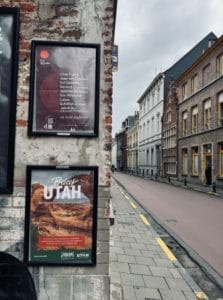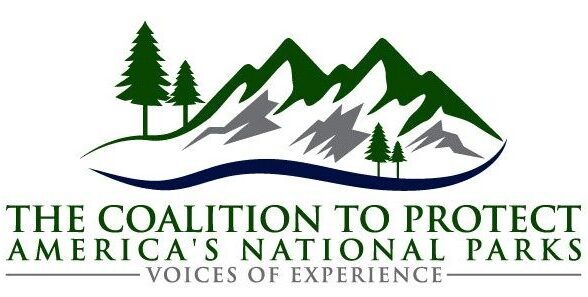An Overlooked Danger In Trump’s Cuts To Our National Parks
By Phil Francis

Recently, a colleague was traveling in Ghent, Belgium, and ran across an advertisement encouraging people to visit the national parks of Utah. While it may seem odd and out of place to pay to advertise parks that are more than 5,000 miles away, to those of us who know and have worked at National Parks there is nothing odd or out of place about it.
Because when most Americans think of national parks, they often picture vast natural landscapes—Yellowstone’s geysers, the towering granite of Yosemite, the arches of Utah, the red rocks of Zion. But, what they may not realize is that there are over 430 units in the National Park System and two-thirds of them are historic and cultural sites that protect not just natural wonders but our country’s history and stories. And all of these sites – natural and cultural – are also economic engines for hundreds of small towns and communities throughout the United States. These “gateway communities” are more than just pit stops on the way to scenic vistas—they are thriving hubs of commerce, culture, and conservation that owe much of their vitality to the presence of national parks.
Each year, more than 300 million visitors from all over the world stream through entrance gates at U.S.national parks. And they don’t just spend money on entrance fees. They book hotel rooms, eat at local diners, shop at general stores, hire guides, and rent equipment. According to the National Park Service’s economic report, visitors to national parks contributed over $50 billion to the national economy, supporting over 400,000 jobs, with the lion’s share of that impact landing in the communities that serve as park gateways. And Utah? Five national parks play an unbelievably outsized role in an outdoor recreation economy totaling $9.5 billion in that state alone last year.
Take Moab, for example, which is flanked by Arches and Canyonlands National Parks. Once a sleepy desert town, Moab has become a booming adventure tourism hub. Restaurants, gear shops, art galleries, and boutique hotels have sprouted, providing not just jobs but year-round livelihoods. And it’s not just Utah — communities like Bar Harbor, Maine, near Acadia National Park and West Glacier near Glacier National Park show similar growth patterns. These towns prove that our national parks don’t just preserve treasured landscapes — they also catalyze sustainable economic development.
National parks are often spoken of in terms of their ecological or cultural or recreational value, and for good reason. But we must also recognize their critical economic role—especially in rural America, where new economic engines are badly needed.
But the budget the Trump Administration recently submitted to Congress —which would gut funding for the National Park System – would put much of this economic growth and opportunity in grave danger.
According to the National Parks Conservation Association, the president’s proposed budget cuts could shutter at least 350 national parks sites across the country – effectively more than 75% of our National Park System. These budget cuts would be on top of staffing reductions at the National Park Service, implemented by President Trump, Secretary Burgum, and DOGE, which are degrading the integrity of our country’s most popular government agency, along with its ability to protect irreplaceable resources and spaces for future generations.
The truth, and an often overlooked aspect of the recent actions by the administration, is that the perfect storm of cutting of staff and vital resources is not only a five alarm fire for our national parks, but also for the economic well being of hundreds of gateway communities from coast to coast.
Because in the end, national parks don’t just protect the land —they help protect the livelihoods and identities of the towns that welcome millions to their gates each year. And that’s something worth preserving, too.
Phil Francis served for 41 years in various capacities with the National Park Service. His positions included serving as Administrative Officer of Chickamauga and Chattanooga NMP, Shenandoah NP, and Yosemite NP; and as Associate Regional Director, Administration, for the Southwest Region. He also served as Deputy Superintendent of Great Smoky Mountains National Park from 1994 to 2005, including three years as Acting Superintendent; then served as Superintendent of the Blue Ridge Parkway. He is currently Chair of the Coalition to Protect America’s National Parks.
